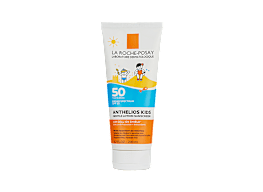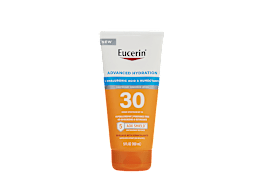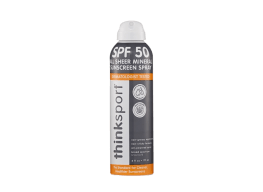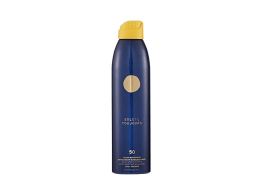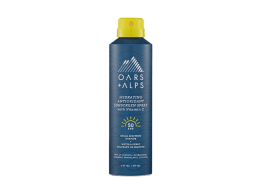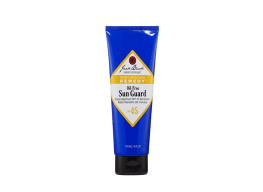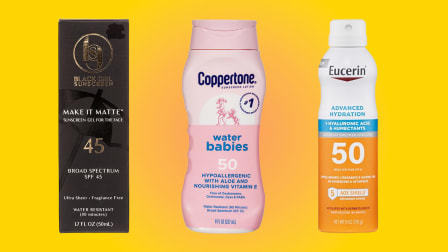Sunscreen Found in Bloodstream After One Day, Study Shows
Results strengthen FDA's call for more information on sunscreen safety
When you shop through retailer links on our site, we may earn affiliate commissions. 100% of the fees we collect are used to support our nonprofit mission. Learn more.

Earlier this year, the Food and Drug Administration announced it was asking sunscreen manufacturers for more information on 12 chemicals used in sunscreens (including avobenzone and oxybenzone). While the agency didn't say the ingredients were unsafe, there is evidence suggesting that some of the ingredients may raise the risk of health issues, such as hormone disruption and cancer. And now, a preliminary study by FDA researchers shows that these sunscreen ingredients may actually be absorbed through the skin at levels higher than previously believed.
What the Study Found
The researchers asked 24 volunteers to apply one of four sunscreens (two sprays and two lotions) to 75 percent of their bodies—about the same amount of skin you’d cover if you were in a bathing suit. The sunscreens contained a combination of avobenzone, ecamsule, octocrylene, and/or oxybenzone and were applied every 2 hours, four times a day for four days.
Blood tests showed that after just one day of using these products, the volunteers’ blood levels of all four chemicals exceeded the FDA’s testing threshold; for oxybenzone, that level was exceeded in 2 hours. Concentrations of the chemicals in the blood continued to rise over the four-day study period.
What You Should Do
"Don't stop using sunscreen," says James H. Dickerson, Ph.D., chief scientific officer at Consumer Reports. "While more research needs to be done in this area, the risks of skin damage and skin cancer from sun exposure are well-known."
“The study involved a small number of people and was not tested for [statistical] significance,” says David J. Leffell, M.D., chief, section of dermatologic surgery and cutaneous oncology at Yale School of Medicine. "Absorption of compounds does not necessarily equate with harmfulness, but this does need to be explored in a more scientifically rigorous fashion.”
He suggests that if people are concerned about using sunscreens with these ingredients, they should choose one that contains mineral active ingredients, such as zinc oxide, as well as practice other sun safety measures.
In Consumer Reports’ ratings, none of the 17 mineral sunscreens tested scored high enough to receive a recommended designation from CR, or even to get an Overall Score of Very Good.
But if you want to use a mineral product, our tests show that California Kids Super Sensitive Lotion SPF 30+, Badger Active Natural Mineral Lotion SPF 30, and Goddess Garden Everyday Natural Lotion SPF 30 offer some protection, although not as much as our top-rated products.
And sunscreen shouldn’t be the only way you protect your skin. Covering up with long sleeves and a hat, staying in the shade, and avoiding the sun during the peak hours of 10 a.m. to 4 p.m. is important, too.

















